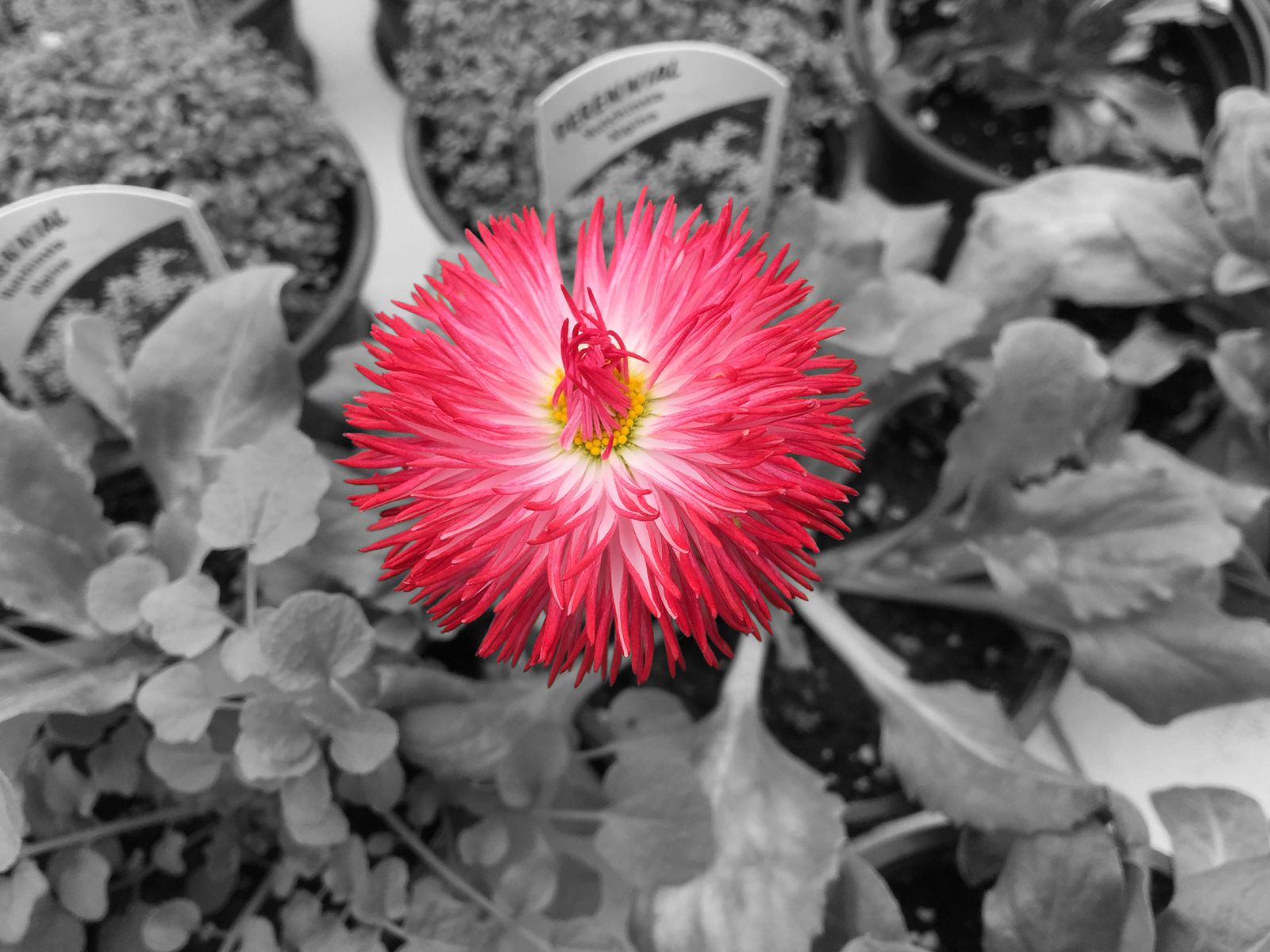
Harvesting your autumn crops at the right time is essential for maximizing yield and ensuring the best quality produce. As the season progresses, different vegetables reach their peak, offering a bounty of fresh and flavorful options for your kitchen. Here are some best practices for harvesting your autumn vegetables:
#1. Know When to Harvest
Understanding the maturity stages of your crops will help you determine the optimal time for harvest. Here are some indicators:
- Leafy Greens: Harvest when leaves are tender and before they become too large and bitter. Regular harvesting encourages continuous growth.
- Root Vegetables: Check the size of roots like carrots and beets by gently pulling them from the soil. Harvest when they reach the desired size.
- Brassicas: Vegetables like Brussels sprouts and cabbage should be harvested when they feel firm and dense. For Brussels sprouts, pick them from the bottom up as they mature.
- Alliums: Harvest onions and garlic when the tops begin to yellow and fall over. Allow them to cure in a dry, well-ventilated area before storage.
#2. Use the Right Tools
Having the proper tools can make harvesting easier and prevent damage to your plants:
- Pruning Shears: For cutting leafy greens and tender stems.
- Garden Fork: Ideal for harvesting root vegetables without disturbing the surrounding soil.
- Hand Trowel: Useful for digging up small root crops like radishes and turnips.
#3. Harvest in the Morning
Visiting your garden early in the morning is the best time to harvest. Plants are well-hydrated, making them sturdier and less prone to damage. Additionally, cooler temperatures help retain the freshness and flavor of your produce.
#4. Handle with Care
Proper handling during harvest ensures that your vegetables remain in good condition:
- Gentle Touch: Handle plants and produce gently to avoid bruising and breaking stems.
- Clean Cuts: Use sharp tools to make clean cuts, reducing the risk of disease and damage.
- Immediate Cooling: After harvesting, cool your produce as quickly as possible to preserve freshness. Use shade or a cool area if refrigeration is not immediately available.
#5. Store Properly
Proper storage extends the shelf life of your autumn harvest:
- Leafy Greens: Store in perforated plastic bags in the refrigerator, ensuring they remain dry to prevent wilting.
- Root Vegetables: Keep in cool, dark, and humid conditions, such as a root cellar or a cool basement.
- Brassicas: Store in the refrigerator or a cool, dark place. For long-term storage, consider blanching and freezing them.
- Alliums: Cure by allowing them to dry in a well-ventilated area for several weeks before storing in a cool, dry place.
#6. Preserve Excess Harvest
If you've harvested more than you can use immediately, consider preserving excess produce:
- Freezing: Blanch vegetables like Brussels sprouts and cabbage before freezing to maintain their texture and nutrients.
- Canning: Use pressure canning for vegetables with low acid content.
- Fermenting: Make sauerkraut or kimchi to add flavor and preserve your vegetables.
#7. Maintain Garden Health
After harvesting, take steps to maintain the health of your garden:
- Remove Plant Debris: Clean up any dead or diseased plant material to prevent pest and disease buildup.
- Soil Amendments: Add compost or mulch to replenish nutrients and improve soil structure.
- Crop Rotation: Practice crop rotation in the following season to maintain soil fertility and reduce pest pressure.
By following these harvesting practices, you can enjoy a plentiful and healthy autumn harvest. Proper harvesting not only enhances the quality of your produce but also contributes to the ongoing health and productivity of your garden.